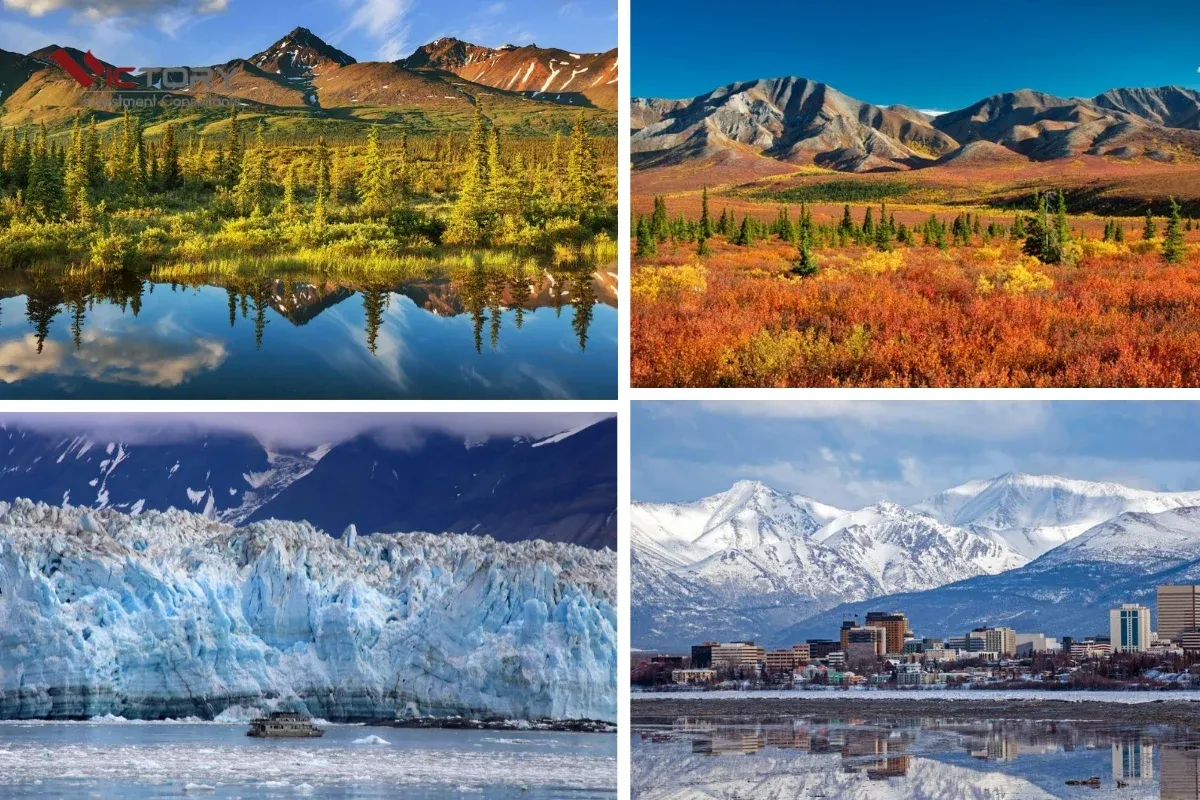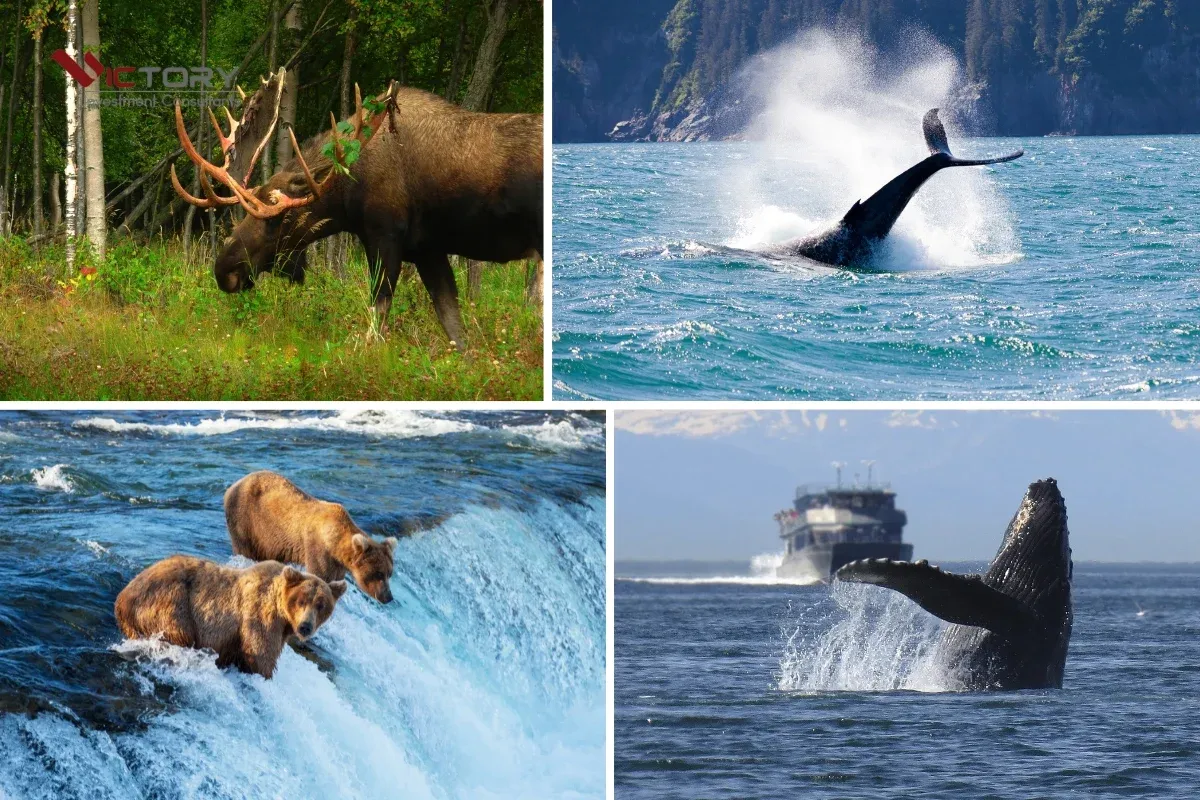Alaska, a land of majestic mountains and untouched wilderness, is renowned not only for its breathtaking beauty but also as home to Indigenous communities with unique cultures. Among these rich traditions, hunting plays a central role, serving not just as a means of survival but also as a profound connection to nature and ancestral roots. This article will guide you through the essential aspects of the distinctive hunting culture of Alaska Natives, a priceless cultural heritage that deserves respect and preservation.
Hunting – The Cultural Lifeline of Alaska Natives
For Alaska Natives, hunting transcends mere sustenance; it is an integral part of their cultural identity and community spirit. Since time immemorial, their ancestors have relied on hunting to survive in the harsh Arctic and sub-Arctic environments. Over millennia, hunting has evolved into a complex system of knowledge, encompassing skills, rituals, rules, and ethical values passed down through generations.
The hunting culture of Alaska Natives is incredibly diverse, reflecting the varying environments, customs, and beliefs of each ethnic group. Coastal communities such as the Inuit, Yupik, and Aleut are famed for their marine hunting skills, targeting species like whales, seals, and walruses, while the Athabaskan tribes in the interior focus on land-based hunting of animals such as caribou, moose, and bears.

Traditional Hunting Methods and Tools
Alaska Natives have developed remarkably sophisticated hunting methods and tools, demonstrating a deep understanding of animal behavior and natural laws. They employ rudimentary yet effective weapons such as bows and arrows, spears, traps, and nets. Materials for crafting hunting tools are primarily sourced from nature, including wood, stone, bone, animal hides, and sinew.
Land Hunting:
- Bows and Arrows and Spears: These are common weapons used for hunting large animals like caribou, moose, and bears. The skills of crafting and using bows and arrows and spears are meticulously taught across generations.
- Traps: Alaska Natives use various types of traps to catch smaller animals such as rabbits, foxes, and martens. Traps are typically made from wood, leather straps, or bone, and placed in areas frequented by animals.
- Drive Hunting: In some instances, collective drive hunts are organized to herd caribou or moose into specific areas, facilitating hunting.
Marine Hunting:
- Harpoon: This is a signature tool of the Inuit and Yupik people, used for hunting whales, seals, and other marine mammals. Harpoons have a complex structure, consisting of a bone or ivory tip, a wooden shaft, and a long leather rope, enabling hunters to retrieve prey after striking.
- Kayak and Umiak: Kayaks are small, agile single-person canoes, ideal for hunting whales and seals alone. Umiaks are larger boats made of sealskin stretched over a wooden frame, capable of carrying multiple people and cargo, often used for collective hunts or long-distance travel.
- Nets and Fishing Lines: Alaska Natives also use nets and fishing lines to catch fish, another crucial food source.

Cultural and Spiritual Significance of Hunting
Hunting provides not only essential food and materials but also holds profound cultural and spiritual significance for Alaska Natives. Hunting activities are intertwined with traditional rituals, legends, and ethical values.
Respect for Nature and Animals: Alaska Natives believe that animals possess souls and deserve respect. They hunt not merely for survival but also to maintain balance between humans and nature. Before and after each hunt, rituals of prayer and thanksgiving are often performed, expressing gratitude to the animals that have given their lives.
Sharing and Community: Hunting is a highly communal activity. Meat and products from the hunt are typically shared widely within families and communities, reflecting a spirit of solidarity and mutual support. Sharing food not only ensures everyone’s sustenance but also strengthens social bonds and maintains community cohesion.
Tradition and Education: Hunting is a vital part of education and cultural transmission for younger generations. Children learn hunting skills from a young age by observing and participating in hunting activities with adults. This process not only equips them with survival skills but also instills traditional ethical values and cultural spirit.

Hunting in Modern Society
Today, the lives of Alaska Natives have undergone significant changes due to the influence of modern society. However, hunting remains crucial to the cultural and economic life of many communities.
Hunting for Survival and Cultural Preservation: In many rural and remote areas, hunting is still the primary source of food for Native people. Wild game meat and seafood not only ensure nutrition but are also important sources of income. Simultaneously, hunting continues to be a means of preserving and promoting traditional cultural values, connecting younger generations with their heritage.
Challenges and Changes: Alaska Native hunting culture faces numerous challenges in modern society. Climate change is altering animal habitats, impacting hunting resources. Legal regulations on hunting and wildlife conservation also create certain obstacles. Furthermore, changing lifestyles and the influx of foreign cultures also affect traditional hunting practices.
Conservation and Sustainable Development: To preserve Alaska Native hunting culture, the collective effort of communities, government, and related organizations is essential. Respecting the self-determination of Native people in managing natural resources and practicing traditional cultural activities is crucial. Simultaneously, measures are needed to support Native communities in adapting to climate change and developing sustainable economies, ensuring harmony between cultural preservation and social development.

Conclusion
The hunting culture of Alaska Natives is a priceless cultural heritage, embodying a deep connection between humans and nature, community spirit, and unique Indigenous knowledge. Understanding and cherishing hunting culture not only helps us better appreciate the history and culture of Alaska but also provides valuable lessons on living in harmony with nature and preserving cultural diversity worldwide. In a modern society facing numerous environmental and cultural challenges, preserving and promoting the positive values of traditional hunting culture is more urgent and meaningful than ever.